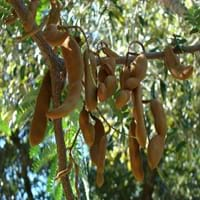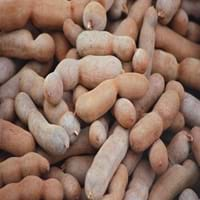Characteristics of Tamarind
Tamarind Varieties
There are certain characteristics of Tamarind that make it distinct from the other fruits. Few examples are its shape, texture, taste, color, season, varieties and origin. Talking about varieties, Tamarind is not available in just one form. Development in the field of horticulture has made it possible to consume this fruit in various forms without changing its characteristics. Some of the varieties include PKM 1, Urigam, Hasanur, Tumkur prathisthan, DTS 1 and Yogeshwari. Tamarind varieties are not available in seedless form. The shape of this fruit is Curving Cylinder and its textureis Tough. Taste forms one of the important characteristics of fruits. Talking about Tamarind, its taste is sour-sweet.
Tamarind Color
Tamarind color makes it even more attractive and hard to resist. Vitamin A and vitamin C are found in abundance in green color fruits. Folate, potassium, and vitamin C are often found in yellow color fruits. White, red, blue and purple color fruits generally contain potassium, vitamin A and vitamin C. Thus, color of this fruit helps in identifying its nutrient content. Tamarinds are available in shades of brown and reddish-brown.









